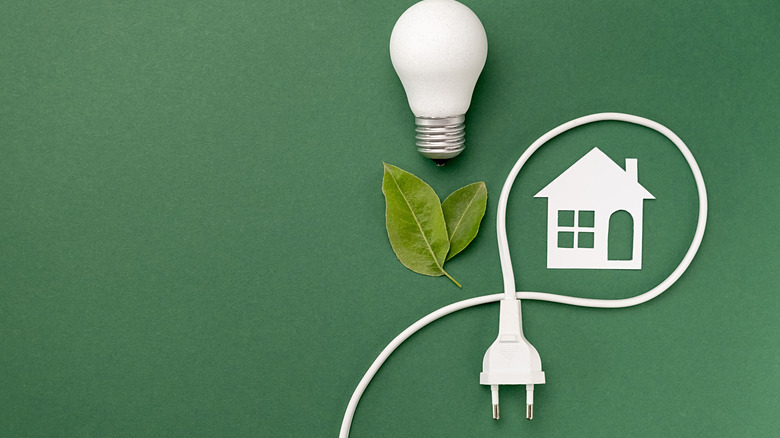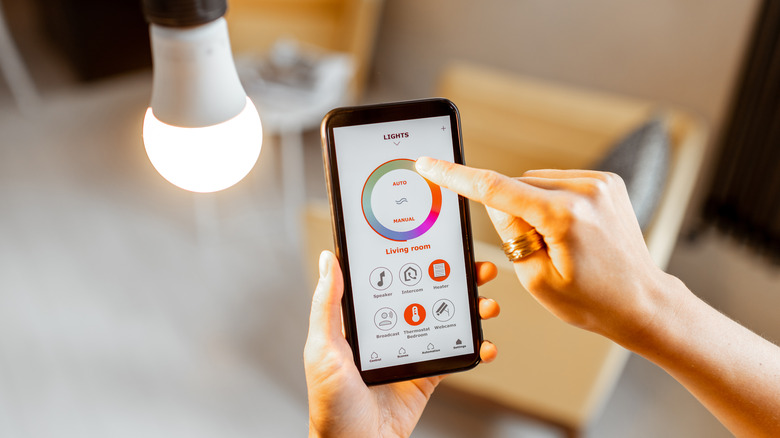Should You Unplug Devices When Not Using Them?
Unplugging your devices won't save as much electricity as you might think it does, but according to CNET, the phantom load generated by plugged in (but turned off) appliances can still account for up to 10% of your yearly electricity bill. According to the U.S. Department of Energy, as reported by CNET, depending on how many devices and appliances are used in your household, you could add up to an average of $100 of power expenses per year — simply by leaving your devices plugged in. That said, $100 per year is nothing to scoff at for many folks, and that cost could skew much higher in certain areas and in certain households.
But there's still a good reason that you may want to leave your devices plugged in overnight, and it comes down to convenience. Unplugging your devices when you're done using them and plugging them all back in when you want to use them again is, generally speaking, inconvenient. You probably don't want to unplug your refrigerator each time you finish cooking a meal, for instance. Speaking of appliances that are passively in use at all times of day, you might use an intricate smart home system that includes security and monitoring functions, and you wouldn't want to unplug them either. Additionally, many devices self-update when you're not using them, or are dependent on an internal clock in order to work properly, making it at least worth leaving them in their power-off mode instead of unplugging them entirely.
Alternative ways to save money on electricity
Phantom load aside, power load is something that everyone should be trying to decrease. This is an important personal initiative to decrease one's carbon footprint and as a means of saving money on electricity every year. There are plenty of small things that you can do in and around your home to decrease your electricity needs, and there are also certain appliances that are worth upgrading simply because the newer designs use less power. Back in February 2022, ENERGY STAR began offering a six-point plan to upgrade any home to meet its efficiency standards, which is estimated to save roughly $500 per year in power bills.
Another improvement that could be made to your home involves making your air conditioning unit as efficient as possible; ensure that each of your windows is perfectly sealed when shut, keep any ventilation shafts clear of dust and mold, keep doors open in your home, and keep your living space tidy so that air can flow through it efficiently.
If you've yet to replace lightbulbs around your home with smart LED lightbulbs, we recommend doing so. That said, you should invest into high-quality bulbs such as Philips Hue or Google Assistant-activated GE Lighting bulbs. Smart LED lights generally only eat around 5-10 watts per hour, versus incandescent lightbulbs than can eat anywhere between 50-100 watts per hour. Each bulb is different, so it's worth researching the best smart LED lightbulb for your exact needs.

